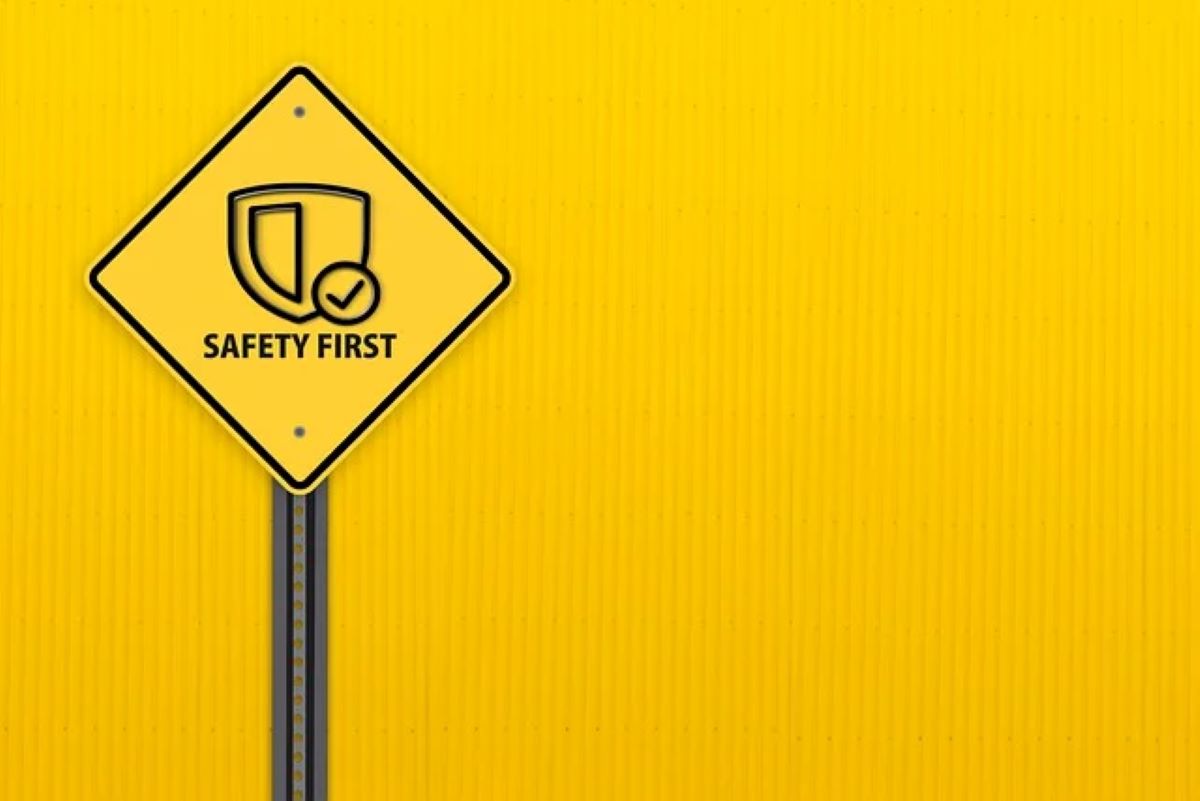Road safety in India has become a key issue due to the rising number of accidents in the country. According to the Ministry of Road Transport and Highways’ annual report, “Road Accidents in India 2022,” a total of 461,312 road accidents were reported from states and union territories in the calendar year 2022, resulting in 168,491 deaths and 443,366 injuries.
Such alarming statistics highlight the importance of taking proper road safety measures on the roads. However, thanks to technological innovations, the future of road safety is bright. During this Road Safety Week (11-17 January), Vanesh Naidu, Founder and Director, of Safe Cams, discusses the technological advancements that make roads safer for commuters and pedestrians.
Connected Autonomous Vehicles (CAVs)
Naidoo says connected autonomous vehicles (CAVs), based on a technology framework that communicates and manages incredible amounts of data, and are the future of road safety. As for how they work, he explains: “Information is sent in both directions, from the vehicle to pedestrians (V2P), other vehicles (V2V) and infrastructure (V2I). Real-time data sharing helps drivers adjust their speed and routes to ensure road safety.
To prevent this, phone locking technologies are on the rise. “These technologies often come in the form of smartphone apps that prevent talking or texting while driving.”More sophisticated apps will also record driving speed and other variables,” he asserts. Artificial Intelligence (AI) and Internet of Things AI and IoT will play a key role in road safety and vehicle protection.
These technological advances, combined with improved vision technology and advances in vehicle connectivity, will help minimize the risks associated with driving, says the founder and head of Safe Cams.
He adds, “By monitoring the driver’s health, we can already detect drowsiness and distracted driving behaviour. We can also monitor whether the driver is wearing their seat belt or using their mobile phone while driving. Such monitoring is happening all the time and will help prevent accidents before they happen.”
Related: Car Loan 101: Understanding the Process in India
Augmented Reality Big Data Analytics the large usage of Google Maps in India will help in planning trips. The information Google collects from these users can be used to predict traffic patterns, reroute traffic after accidents, and identify accident hotspots. He says that this information is conveyed to the driver in real-time via the head-up display so that the driver can be better prepared for what may happen on the road ahead.
Proximity Sensors These sensors detect the presence or absence of an object in a certain area without physical contact.
He says this about the technology: “Various technologies such as infrared, ultrasonic and capacitive sensors are used to measure the distance between the sensor and the object. If the sensor detects a possible collision, the automatic emergency braking system is activated. These technological innovations certainly contribute to safer travel, but nothing beats the driver’s attentiveness. “
Other effective measures to increase road safety include basic vehicle knowledge, defensive driving according to weather and road conditions, use of vehicle lights and horns, wearing seat belts, careful use of vehicle mirrors and avoiding excessive speeding. Maintaining a distance between vehicles on the road and properly understanding how to handle critical situations,” he summarises.
Read Also:

